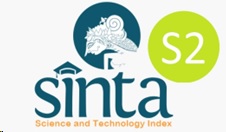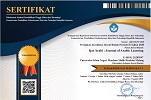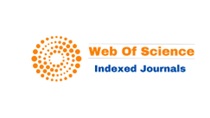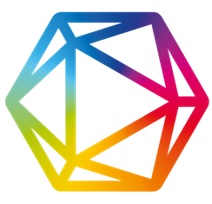Ijaz Arabi Journal of Arabic Learning (ISSN Print: 2620-5912 ISSN Online: 2620-5947) is a journal that publishes original papers researching in Arabic teaching and learning. It is published by the Department of Arabic Language Education, Universitas Islam Negeri Maulana Malik Ibrahim Malang, Indonesia. This journal is indexed in Web Of Science / Clarivate, Dimensions, Garuda, Moraref, GS, and SINTA 2 (S2).
Journal History
Since Volume 4, the journal has regularly published three times a year in February, June and October. We accept original research, conceptual, and best practice articles related to Arabic teaching and learning. It is important to bear in mind that the official language of the journal is multilingual (English, Arabic, and Indonesia).













